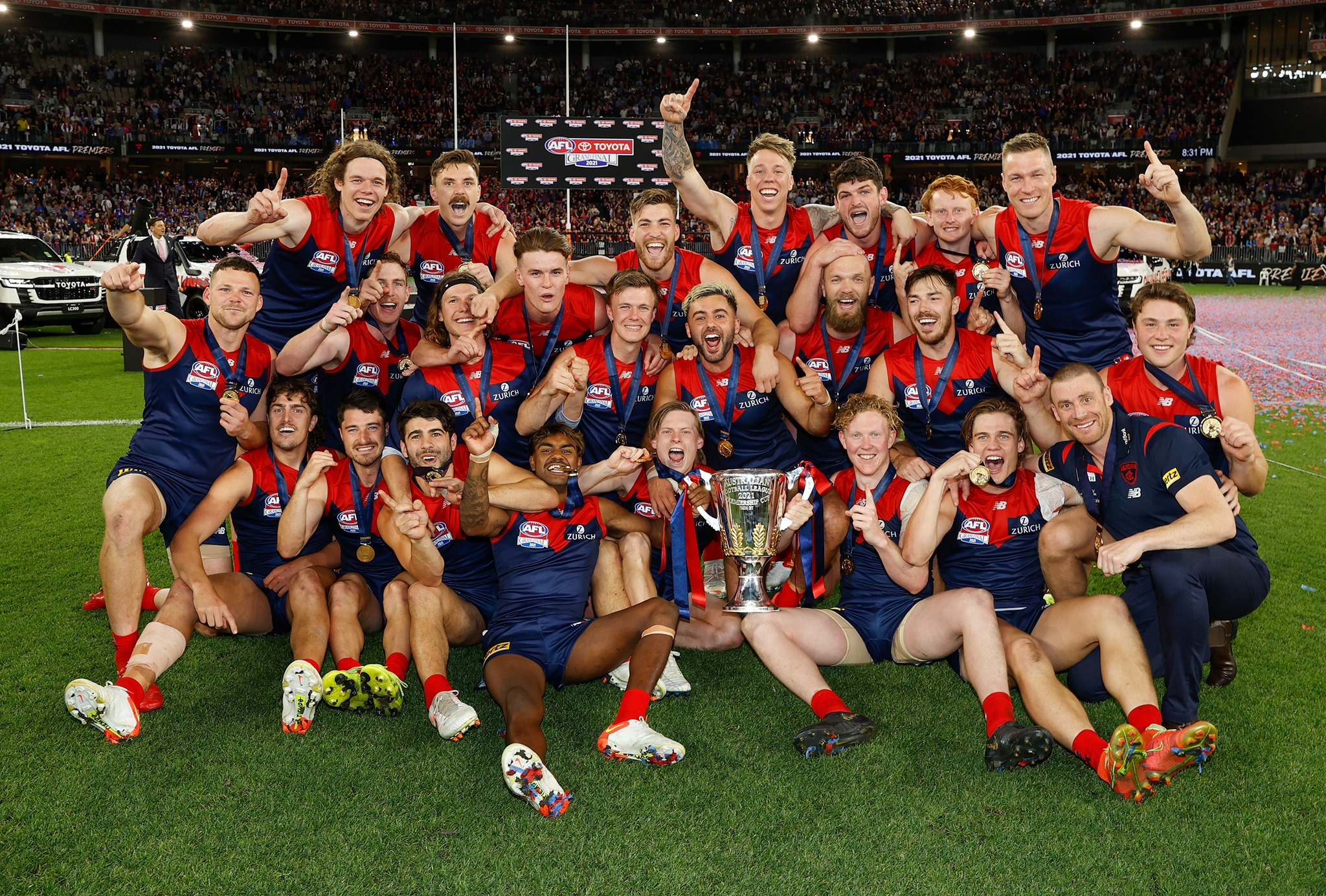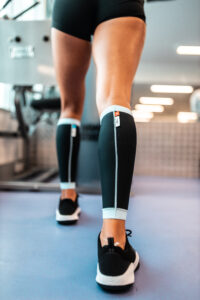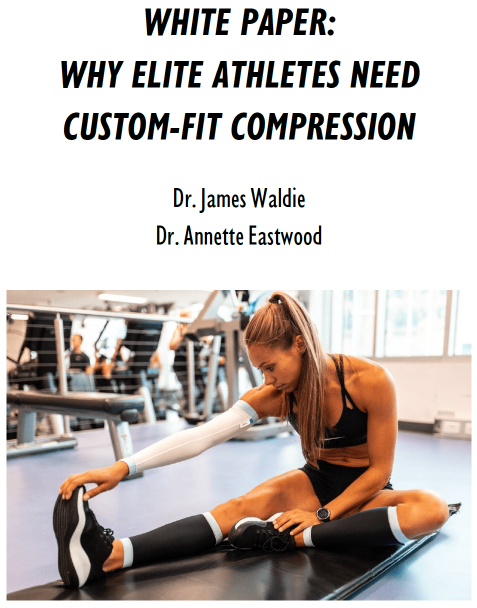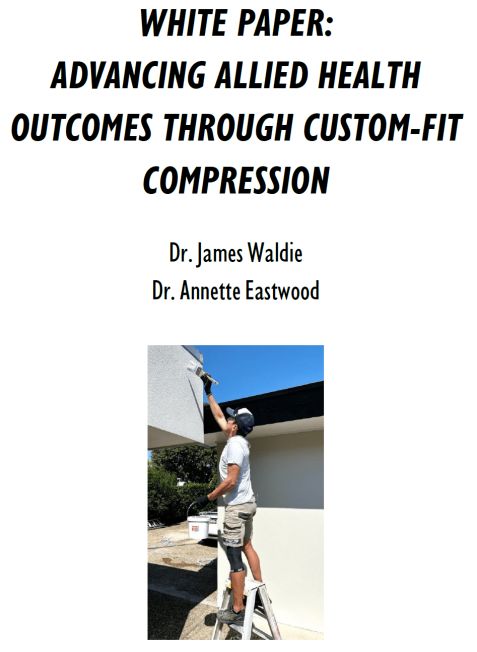Compression garments have been used by team sport athletes for many years to improve recovery and enhance performance. We take a look into the what, when and how of compression garments for team sport athletes.
What garment type, size and compression regime is most effective?
Garment Type
Research has reported beneficial effects on recovery with various types of compression garments including calf sleeves, tights, shorts, and arms sleeves. A recent study with junior elite basketball players showed that all garment types (shorts, socks, tights) improved venous return, muscle blood flow and muscle oxygenation with full length tights being the most effective (O’Riordan et al 2021).
Sizing – Custom Fit V Off the Shelf
Sports compression garments are sized purely on measures of height and body mass, not considering differences in limb size and shape which can vary considerably between athletes even within the same team. In a recent interview Dr Ian McKeown (former Head of High Performance at Port Adelaide FC) explained the limitations with off the shelf garments “The players are all shapes and sizes, they don’t all fit into small, medium or large.” When asked about the benefits of customised compression for AFL players he said, “We should absolutely be making tailored garments for them, it just makes so much sense”.
Research comparing custom fit compression garments against standard sized garments, showed that the custom fit garments improved strength recovery and markers of muscle damage in Rugby players compared to standard sized garments (Brown et al., 2020).
Specific compression regimes
Specific compression regimes are required for different purposes due to the different physiological responses. During performance, heart rate is high and movement demands are high. This is in contrast to travel, where heart rate is normal and movement is limited. Choosing the right compression regime for specific purpose (eg performance, recovery, travel and rehabilitation) can optimise benefits.
When should compression garments be worn?
Recovery – Compression garments should be worn in the recovery period after training or competition. There are certain times within the training cycle where compression garments can provide an advantage, such as during the competitive phase of a season, especially in the immediate post game period. This is particularly important when there is a short turnaround between games for example in the NBA where teams are required to play 3-4 times per week.
Compression garments can also facilitate recovery during periods of high intensity training or resistance training sessions. Research has reported a decrease in muscle soreness and improvements in perceptual recovery when compression garments are worn post exercise (Brown et al., 2017).
Performance – A number of players in the NBA, and NFL as well as professional soccer players, wear compression garments during a game. Research has shown a decrease in muscle displacement and soft tissue vibrations when compression garments are worn during running (Broatch et al., 2020). This can help to reduce the risk of injury and provide stability around joints for players who have recurring injury.
Rehabilitation – Medical grade compression garments can assist in healing of strained hamstring, quads, or calf by improving circulation and providing support as well as reducing oedema associated with knee and elbow joint injury. These garments are also highly effective in post-surgical rehab, such as ACL and MCL knee operations.
Travel – Team sports undertake frequent travel, which is often immediately after finishing a game. Wearing compression garments during travel has been found to reduce lower limb swelling and reduce the risk of deep vein thrombosis.
How long should garments be worn for?
Compression garments should be worn as soon as possible following training or competition to maximise benefits. A meta-analysis of the effects of compression garments on delayed onset muscle soreness showed that compression garments decrease DOMS when worn for 24-72 hours post exercise (Hill et al., 2014). A similar study showed that compression garments were effective in reducing muscle soreness up to 120 hours post exercise (Marques-Jimenez et al., 2016). CAPE has determined wearing protocols that optimises recovery impact in the 4 to 8 hrs after athletic load.
Teams choose CAPE custom fit compression wear
CAPE is an ideal platform to maximise performance across a team environment, covering the fundamentals of recovery and travel, while also providing garments to address concerns for individual players such as knee swelling or other injuries. CAPE have supplied thousands of garments across dozens of teams and codes with medical grade custom fit compression garments, including the 2021 AFL Grand Final Champions Melbourne FC (pictured above). Darren Burgess, former Head of Performance at Melbourne Football Club says “CAPE’s custom fit provided our players with specific, medical grade compression that helped our players recover from the demands of both travel and training”.
REFERENCES:
- Broatch, JR., Brophy Williams, N., Phillips, EJ., O’Bryan, SJ., Halson, SL., Barnes, S., Bishop, DJ. (2020). Compression Garments Reduce Muscle Movement and Activation during Submaximal Running. Med. Sci. Sports Exerc., Vol. 52, No. 3, pp. 685–695.
- Brown, F., Gissane, C., Howatson, G., van Someren, K., Pedlar, C., & Hill, J. (2017). Compression Garments and Recovery from Exercise: A Meta-Analysis. Sports Medicine, 47, 2245-2267.
- Brown, F, Jeffries, O, Gissane, C, Howatson, G, van Someren, K, Pedlar, C, Myers, T, and Hill, JA. (2020): Custom-fitted compression garments enhance recovery from muscle damage in rugby players. J Strength Cond Res.
- Hill, J., Howatson, G., van Someren, K., Leeder, J., & Pedlar, C. (2014). Compression garments and recovery from exercise-induced muscle damage: a meta-analysis. Br J Sports Med, 48, 1340-1346.
- Marques-Jimenez, D., Calleja-Gonzalez, J., Arratibel, I., Delextrat, A., & Terrados, N. (2016). Are compression garments effective for the recovery of exercise-induced muscle damage? A systematic review with meta-analysis. Physiology & Behavior, 153, 133-148.
- O’Riordan, SF, McGregor, R., Halson, SL., Bishop, DJ., Broatch, JR. (2021). Sports compression garments improve resting markers of venous return and muscle blood flow in male basketball players. Journal of Sport and Health Science.





